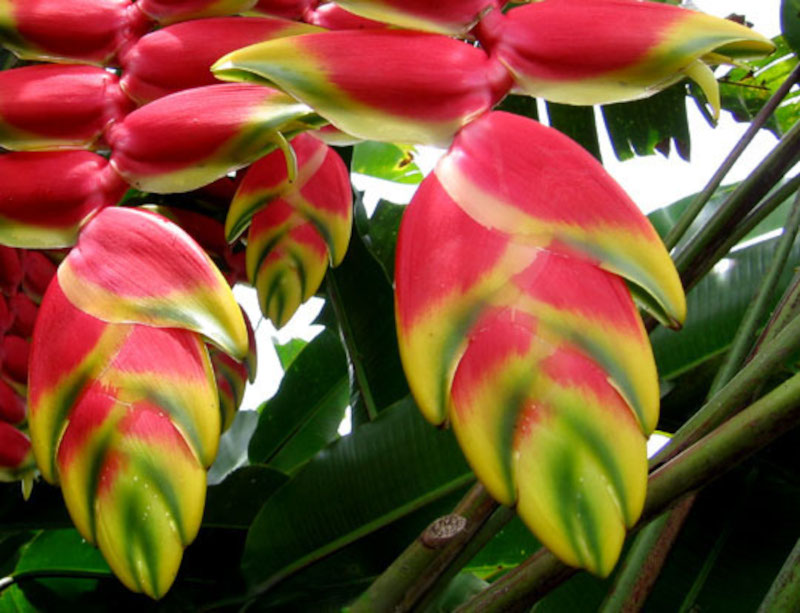
Lobster Claw Heliconia Facts
- This visually mesmerizing plant most frequently goes by the somewhat attention-grabbing common name of Lobster Claw Heliconia. The floral beauty does have a few other titles, however. These options include the terms hanging lobster claw and false bird of paradise.
- Within the scientific community, though, it’s possibly more often referred to by its purely technical moniker. Thankfuly, that’s a comparatively simple one for the layperson to pronounce, as such things go, at least. The plant holds the official epithet of Heliconia rostrata.
- This marvel of Nature received that appellation due to the efforts of Carl Ludwig von Willdenow. The respected German botanist accomplished the first formal recognition of it as a separate and distinct species. He achieved that scientifically noteworthy deed in 1806.
- For the moment, the stunning Lobster Claw Heliconia appears to be maintaining a thriving base population. That pleasant state further seems to hold true across its entire range. The IUCN therefore does not currently have a listing for it on its Red List of Threatened Species.
- The wonder of Nature and evolution nevertheless still faces the same potential threats to its continued existence as a species as all life on earth today. Most of these stem from the actions of mankind. They include the closely related threats of habitat loss and climate change.
Related Articles
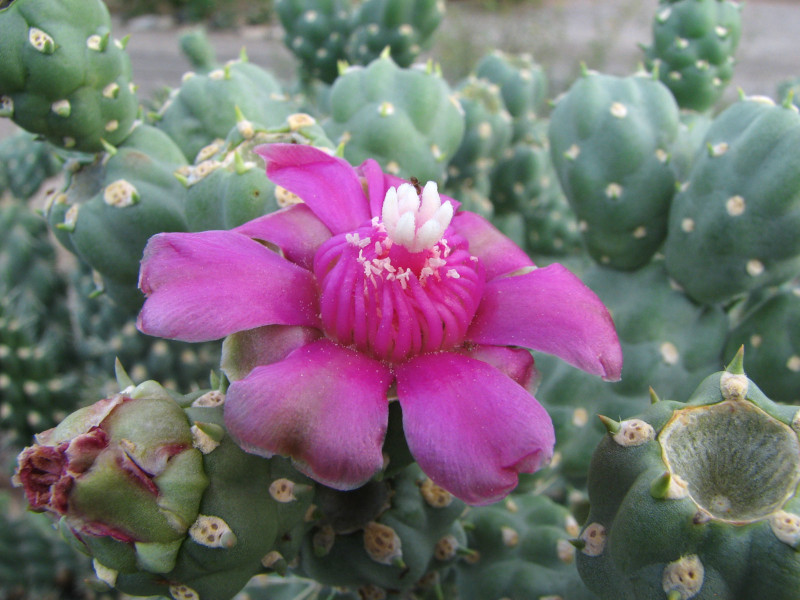
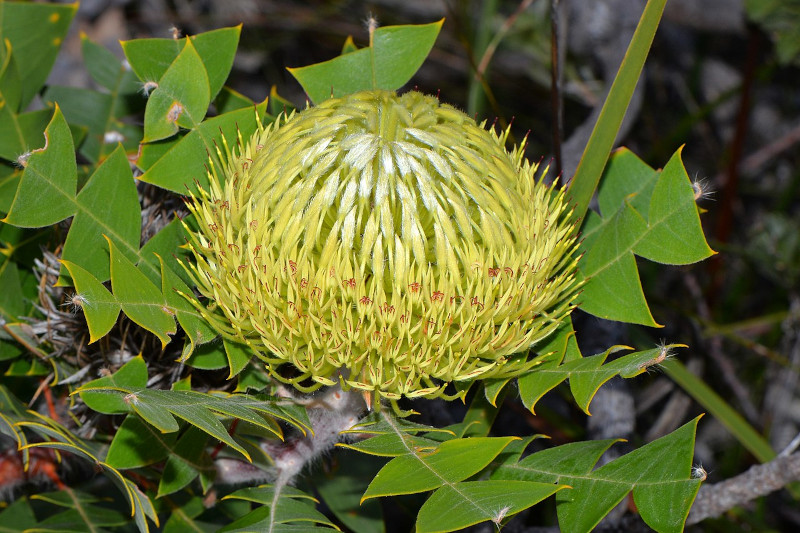
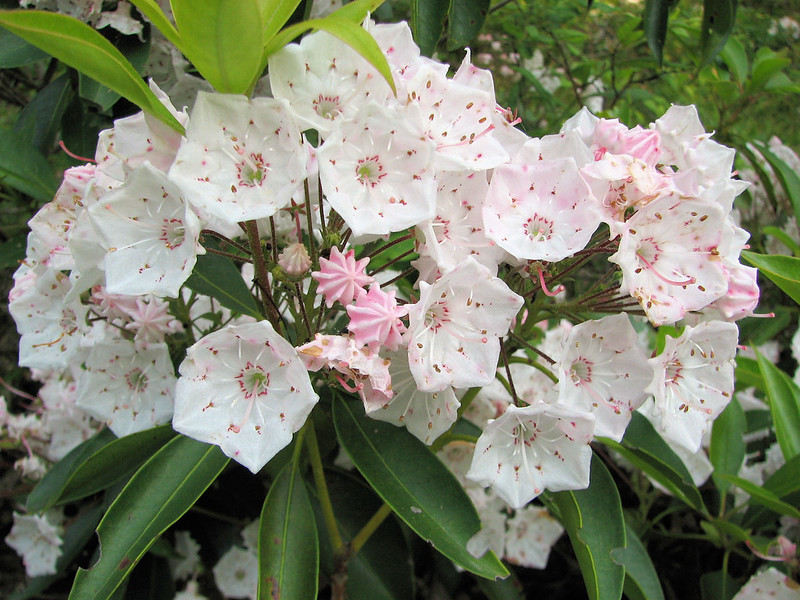
Lobster Claw Heliconia Physical Description
The magnificent Lobster Claw Heliconia typically leaves those individuals who encounter it entranced with its striking beauty and utterly distinctive appearance. Yet, that’s not its only appreciable attribute. That’s because the Monocot also attains some respectable dimensions.
Intriguingly, this impressive herbaceous perennial plant varies significantly in size. Most known specimens, however, generally reach maximum heights ranging from approximately 5 – 10 ft (1.5 – 3 m). Though they’re rare, exceptional examples sometimes exceed this, though rarely by much.
This botanical marvel of Nature grows from rhizomes, which are underground stems that store nutrients and allow it to effectively spread. These features also develop as thick and fleshy in nature. Its roots extend from these and help anchor it in the soil while absorbing water and nutrients.
It also produces a strongly vertical stem, with a relatively sturdy construction. Showing a light green in color, it further manifests a comparatively smooth texture, due to its herbaceous nature. Despite this fact, though, the stem typically maintains its sturdiness due to its relative thickness.
From those same stems, a number of leaves, themselves impressive, also develop. This foliage evolved as quite large, oblong, or sometimes even lance-shaped. Their length occasionally reaches as much as 6 ft (1.8 m). An average width for these aspects of the flora also measures 2 ft (60 cm).
The leaves also present still another remarkable characteristic to attract one’s interest. That appeal lies in their own coloring. This generally consists of a deep green on the upper surface, but with a paler green underside. The midrib of the leaf is prominent and sometimes has a reddish hue.
Yet, it’s doubtless the incredible blooms of the Lobster Claw Heliconia that understandably garner the most interest from the majority of observers. These breathtaking flowers consist of a series of modified leaves called bracts that sit arranged in a beautifully cascading, overlapping pattern.
Even here, their sheer beauty alone isn’t the only eye-catching aspect of this wonder of evolution to appeal to the viewer. That’s true given the amazing fact that the grouping of blooms itself additionally attains a remarkable size. This sometimes measures 1 – 2.5 ft (0.3 – 08. m) in length.
The bracts themselves usually appear as vividly colored in nature. This typically includes shades of bright red with yellow or green edges, giving them the lobster claw-like appearance. The actual flowers, though, remain quite small and slightly inconspicuous, nestled inside these structures.
- Kingdom: Plantae
- Phylum: Tracheophytes
- Class: Monocots
- Order: Zingiberales
- Family: Helioniaceae
- Genus: Heliconia
- Species: H. rostrata
Lobster Claw Heliconia Distribution, Habitat, and Ecology
The truly mind-blowing beauty uniquely known as the Lobster Claw Heliconia evolved as endemic to a comparatively small expanse of the surface of the earth. The precise location of that markedly restricted zone of habitation, however, likely won’t surprise many of you reading this article.
The extraordinary product of botanical evolution developed as native to only a miniscule portion of both Central American and South America. In the former, the plant’s known in El Salvador and Costa Rica. In the latter, though, it’s known to appear in Peru, Ecuador, Colombia, and Bolivia.
Like many related species found around the world, this botanical wonder displays decidedly strong and clear preferences regarding its choice of habitat. Given the nature of its native range, it’s not surprising that it greatly prefers regions consisting of tropical rainforest environments.
Here, it thrives in the extremely warm, humid conditions present. Other elements also come into play, however. It’s additionally seen at altitudes ranging from roughly sea level up to around 4,000 ft (1,200 m). It favors areas with consistent moisture and shade provided by the forest canopy.
The tantalizing Lobster Claw Heliconia primarily achieves its procreation via the actions of various hummingbirds, which appear attracted to the bright colors and nectar of the flowers. The shape of the lovely flowers is adapted to the feeding habits of these, ensuring effective pollination.
The beauty typically flowers during the local rainy season when there’s obviously an abundance of water, which supports both plant growth and the activity of pollinators. Birds and numerous small mammals eventually consume the fruits, and then later spread the seeds via their droppings.
Species Sharing Its Range
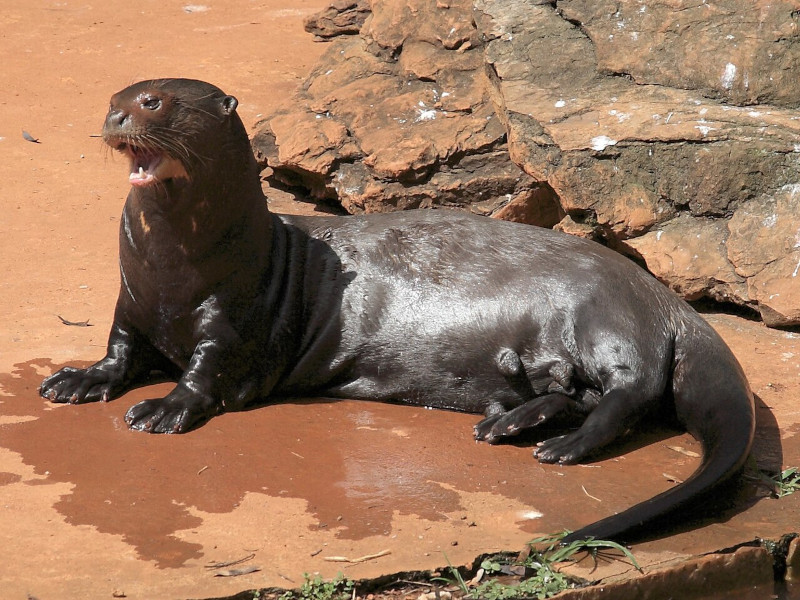

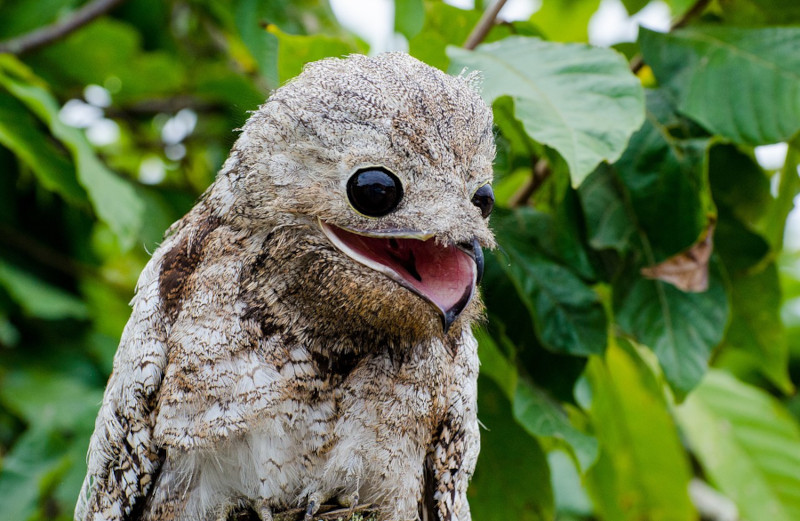
Check out our other articles on 5 Fabulous South American Lakes, Rice’s Whale, Perito Moreno Glacier, Rosy Veincap, Spiny Butterfly Ray, Japanese Beetle, Alligator Snapping Turtle
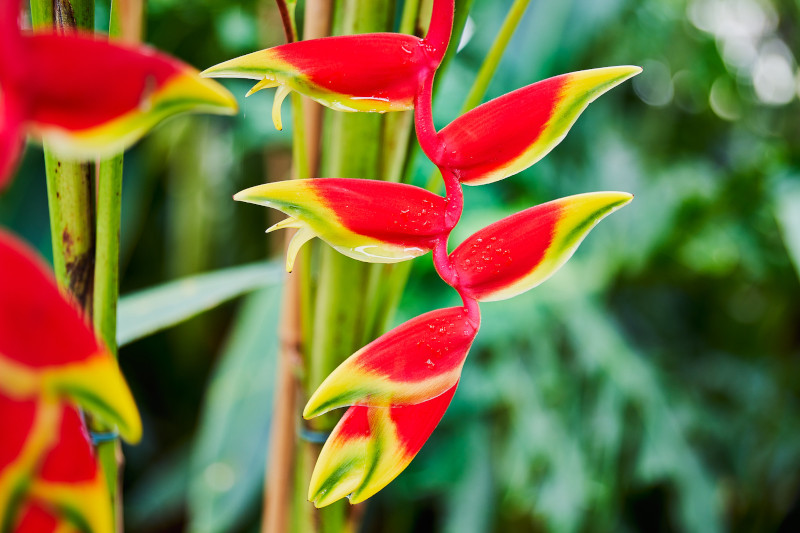
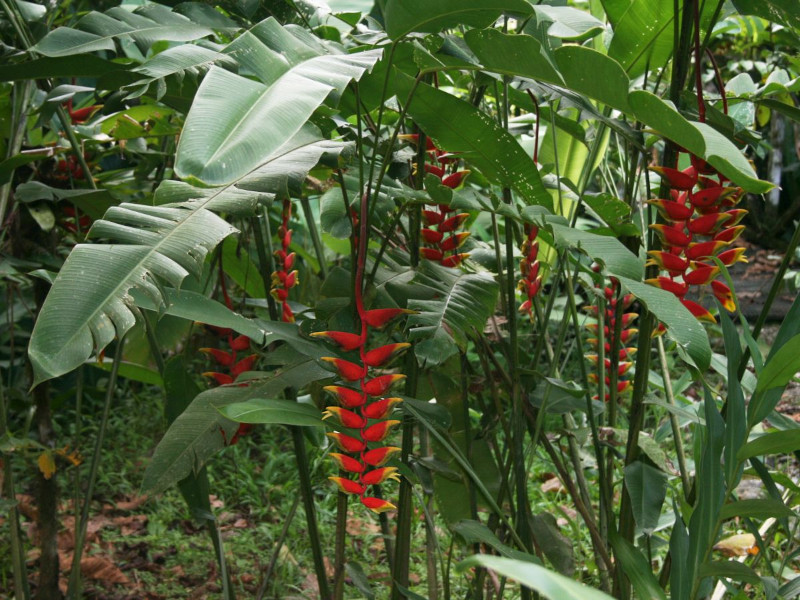









Leave a Reply